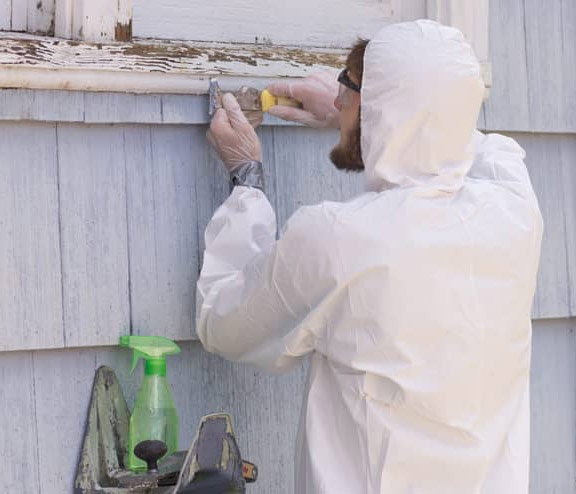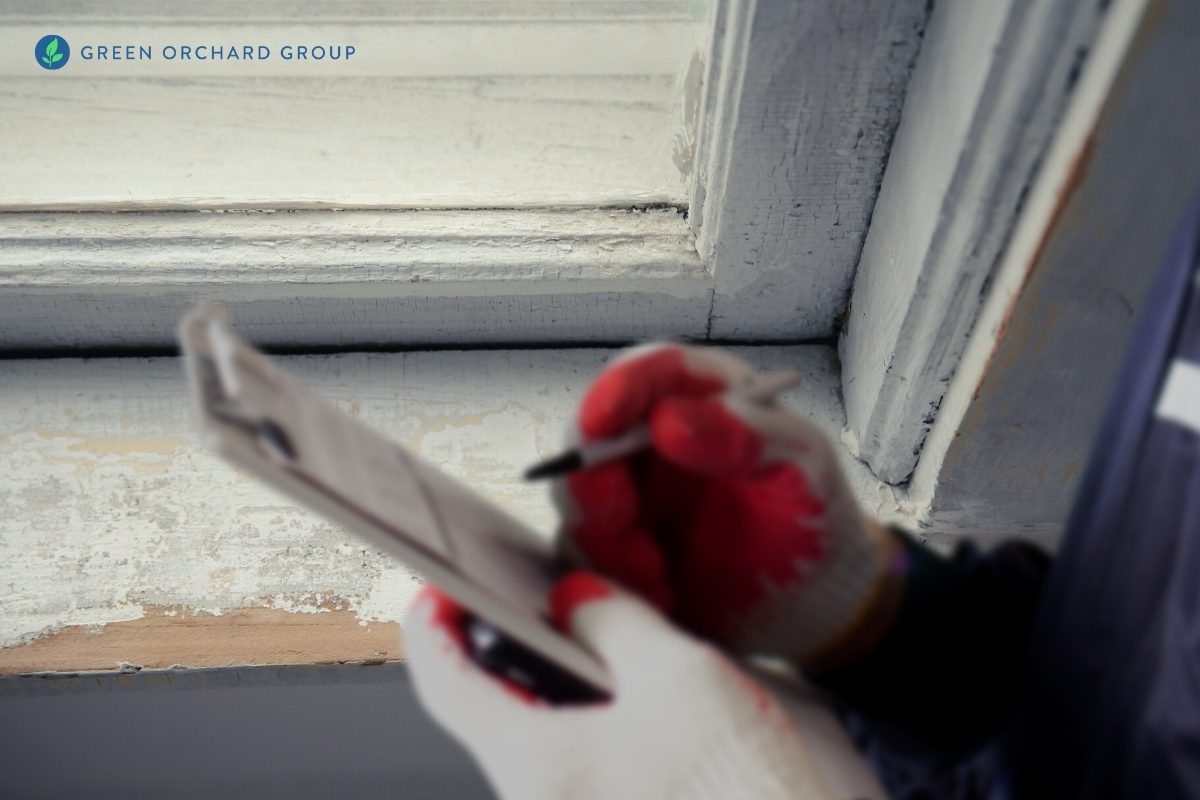Comprehensive Overview on Effective Lead Violation Removal Strategies
In the world of environmental security, addressing lead infractions requires a careful and structured strategy. This detailed overview begins by highlighting the essential preliminary actions of determining lead threats via advanced analysis and testing methods. The guide clarifies on the importance of sticking to rigorous safety and security methods throughout the removal process, including the use of appropriate PPE and separating influenced areas.
Identifying Lead Threats
Recognizing lead dangers is an essential first step in mitigating the threats associated with lead exposure. Lead, a hazardous steel, can be existing in different ecological tools, consisting of paint, dirt, water, and dust.
The first phase in identifying lead dangers involves understanding usual lead resources within the developed atmosphere. Frameworks built before 1978 are particularly at risk because of the common use of lead-based paint during that duration. In addition, dirt contamination can occur from weakening exterior paint, industrial discharges, or historical use of leaded gasoline.
One more considerable source is lead piping and plumbing components, which can leach introduce alcohol consumption water. Customer goods such as toys, ceramics, and imported items may also contain harmful lead degrees. Notably, work environments and pastimes including lead can track impurities into homes.
Analysis and Testing
When resolving lead hazards, reliable analysis and testing are critical. Initial analysis generally includes a visual inspection to identify prospective lead sources, such as weakening paint or polluted dust.

Dust clean sampling is one more crucial technique, specifically in property settings. By gathering examples from floorings, windowsills, and other surface areas, this approach gives understandings right into potential direct exposure risks. Furthermore, soil screening around building boundaries is important to find lead contamination that could position risks, particularly to kids.
Safe Removal Procedures
Upon finishing detailed assessment and screening, executing risk-free removal treatments is the next critical phase in attending to lead hazards. This process makes certain that lead-contaminated materials are efficiently and safely eradicated, minimizing risk to both workers and citizens. The initial step involves separating the affected location utilizing plastic sheet and proper securing methods to prevent the spread of lead dust.
Employees should don proper individual protective devices (PPE), including respirators, gloves, and disposable coveralls, to alleviate exposure. Utilizing specialized devices and wet approaches, such as damp sanding or utilizing HEPA-filtered vacuum cleaners, reduces the diffusion of lead particles. It is important to prevent dry fining sand or abrasive blasting, as these methods can create harmful lead dust.
Waste disposal is an additional essential part; all polluted materials need to be safely bagged and classified according to EPA and local policies. Additionally, extensive cleaning of the workplace with HEPA vacuums and wet cleaning makes certain the elimination of residual lead bits.
Post-Removal Verification

Confirmation of effective lead removal, understood as post-removal confirmation, is necessary to make certain the safety and security and habitability of the remediated location. This assessment makes sure that all well-known resources of lead have actually been resolved and that no noticeable indications of contamination remain.
Adhering to the aesthetic inspection, ecological sampling is conducted. This involves accumulating dust, dirt, and in some cases water samples from more info here the remediated location. Accredited research laboratories evaluate these samples to gauge lead levels, guaranteeing they drop listed below the security limits established by regulatory bodies such as the Epa (EPA)
Furthermore, have a peek here air top quality testing may be done to detect airborne lead bits, particularly in instances where considerable lead-based paint removal or remodelling has actually happened. The outcomes of these tests offer quantitative data validating that the lead levels are within permitted limitations.
Ultimately, post-removal verification works as a vital checkpoint, validating the performance of the lead abatement efforts and guarding the wellness of occupants and site visitors.
Preventative Actions and Maintenance

An essential preventive procedure includes using lead-safe accredited contractors for any kind of renovation, repair service, or paint activities. These experts are learnt methods that reduce lead dirt and debris. Furthermore, keeping coloured surface areas to avoid breaking or peeling is necessary, as weakening paint can launch lead particles into the setting.
Educational efforts targeting residential or commercial property proprietors and lessees relating to the dangers of lead and the importance of reporting any type of potential hazards can even more improve precautionary initiatives. Regular cleansing utilizing HEPA vacuums and damp wiping techniques can substantially decrease lead dust build-up.
Verdict
In summary, effective lead infraction elimination demands a careful approach encompassing thorough evaluation, accurate testing, and rigid elimination treatments. Recurring examinations and upkeep are essential to alleviate future lead dangers, thus protecting public health and making certain continual conformity with regulatory demands.